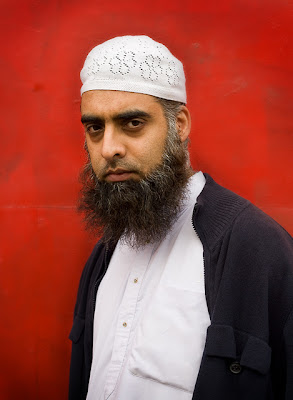
This gentleman agreed to pose for me. He wanted to know whether my camera was digital or film. He said he would pose if it was digital but not if it was film. I am not sure exactly what his reasons were.
He was patient and followed my directions on where to stand. Several photographers have asked me how I get people to pose for me. Rather than repeating myself I'd like to refer you to an article I wrote back in May 2005.
I hope it helps you and as always your comments are gratefully received.
Cheers,
Paul
www.indigo2photography.co.uk
Comments
How do you define street photography? Two of the listed masters of street photography on your blog, HCB and William Klein both took many pictures of people posing for them on the street.
Cheers,
Paul
If I ask someone to pose for me, or this person noticed that I try to use my camera and have enough time to pose - than it's more like portrait photography, or in some way documentary photography.
I would say that street photography is like sophisticated form of candid photography with special message from photographer :-)
Where would you place William Klein's iconic image of the boy with the revolver pointing straight at the lens. William asked the boy to look defiant. And what about HCB's picture of the boy carrying the wine bottle, which was also posed. I won't even attempt to list all the examples of street photography where the subject is clearly aware of the photographer.
I think street photography is hard to define but my definition would be photographs taken on the street which are not specially set up and planned beforehand, but are spontaneous moments, where the subject can be aware or unaware of the photographer.
Street photography is about free expression, the photographer interacting with his environment. I think your definition is just a little too narrow for me.
All the best,
Paul